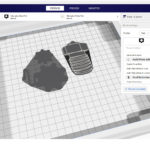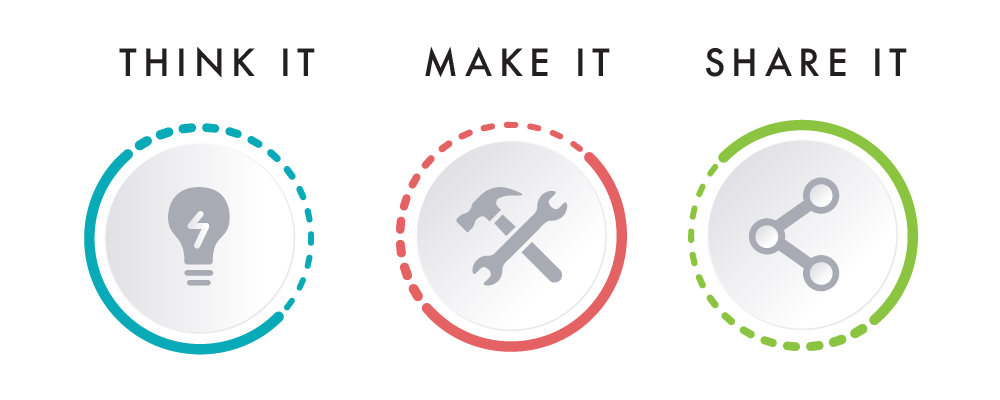This section describes the different steps followed to produce a 3D printed planter of your own.
Step 1 : Download the Design

In order to produce a 3D object using 3D Printing, you need to have its digital design in .STL format.
In this example, the design was was designed by Roger Young and downloaded for free from Thingiverse.com using this Link
Step 2: Slicing – Preparing The File For 3D Printing
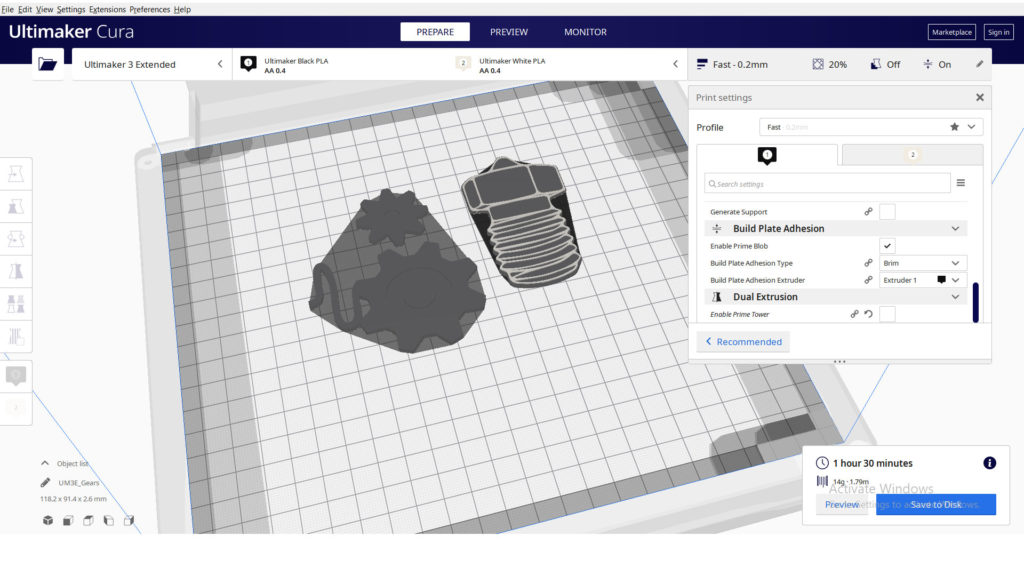
The STL file is then imported into a slicing software, like Cura. Choose the settings that are needed to have a successful print.
- Choose Your Material: Typically you may have an idea about what kind of material you will use before you print. There are many different 3D printing materials available, and you can choose them based on the properties that you want your object to have. In this project PLA filaments were used. We select two different materials here since we will print with two colors, simply press on the item, then press on one of the chosen colors to select what items will be printed in which color.
- Merge the items: Since one item will have two colors, select both items, then select “Merge models”. Sometimes you might have to adjust the orientation of both items to be in the right position together.
- Choose Your Parameters: The next step is then deciding on the different parameters of your object and the printing process. This includes deciding on the size and placement of your print. The layer thickness chosen was 0.15mm which produces a normal surface finish. The infill chosen was 20% which is enough for a small planter. No support where required in this print.
The slicing software will then convert the information from the STL file into a G-code, which is a specific code containing exact instructions for the printer.
Step 3: Preparing The 3d Printer
Once the file is ready, its time to prepare the 3d printer and insert the plastic filament required for this print.
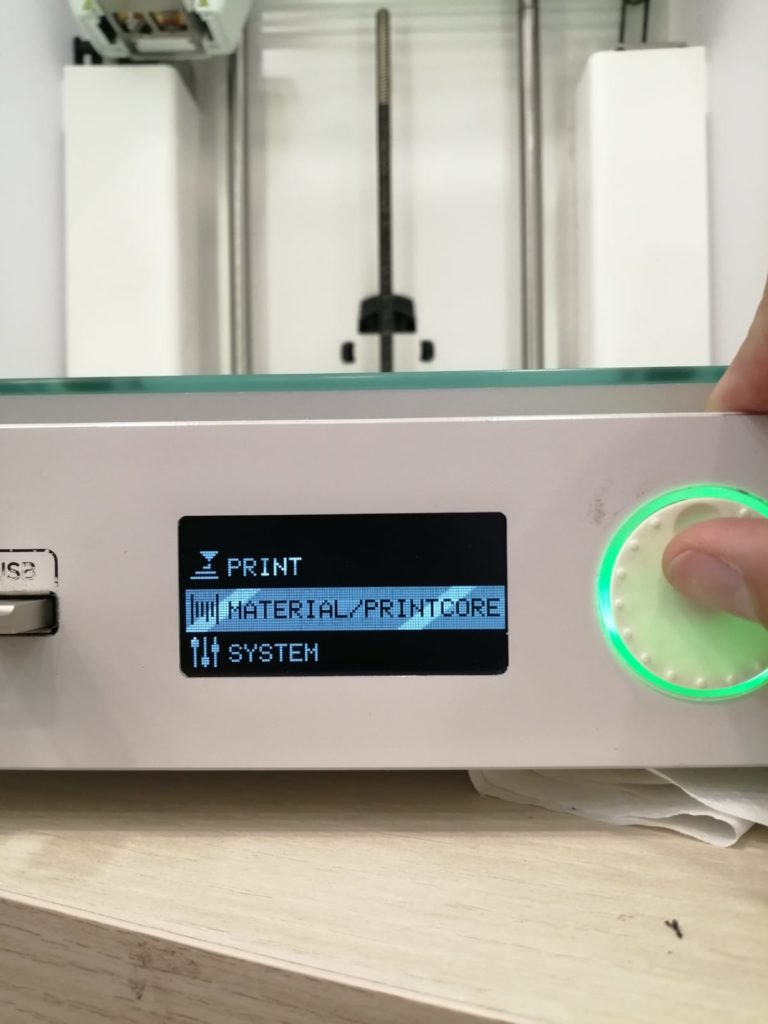


Insert the filament: Insert both filaments by going to (material and print core > Material 1 > Load (or change if there was material before) then place the spool in place.
Next, press continue when the filament is in place, the printer should detect the filament, confirm and wait for the material to heat and start extracting from the nozzle, when that happens, confirm
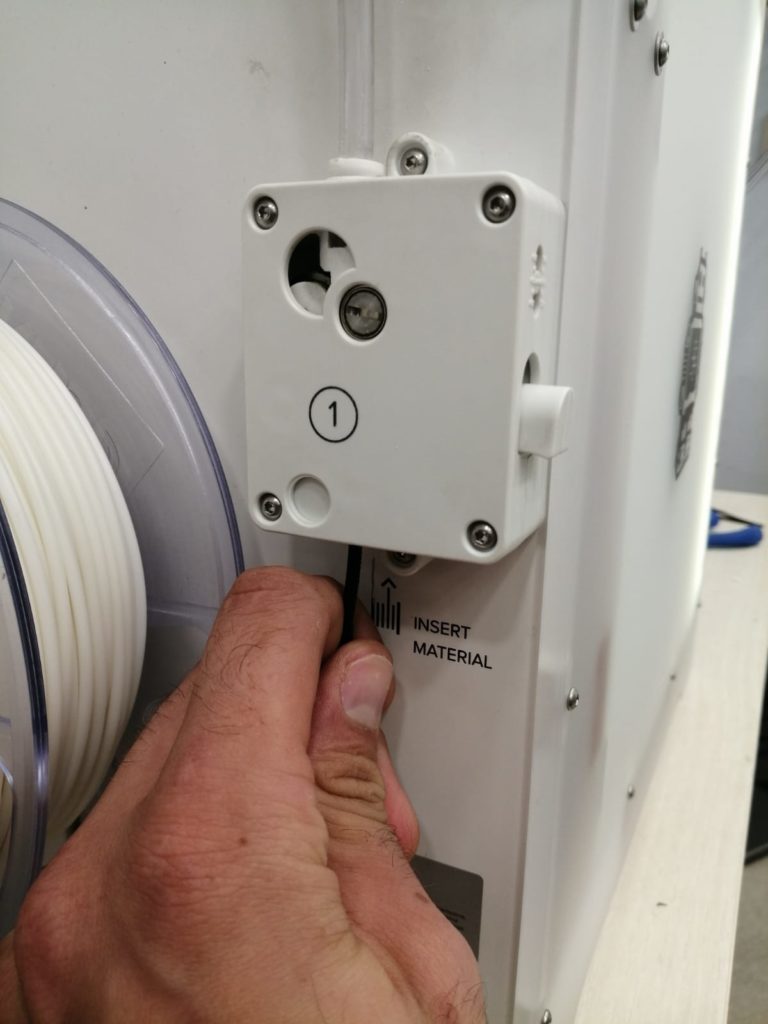


Step 4: 3D Printing
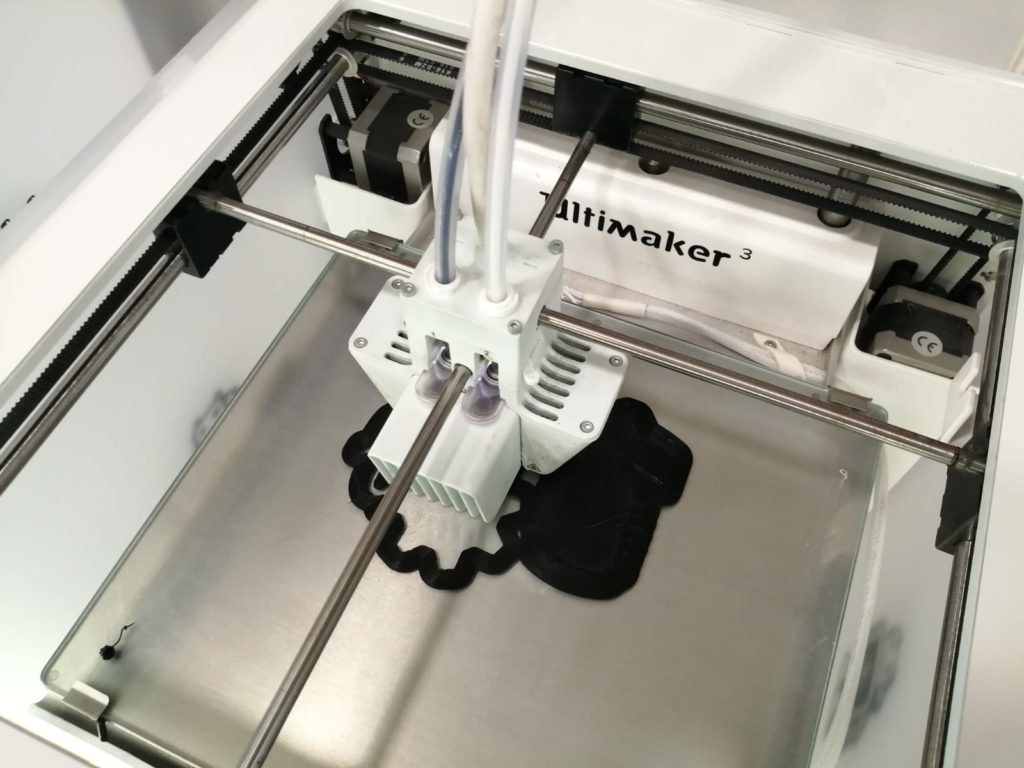
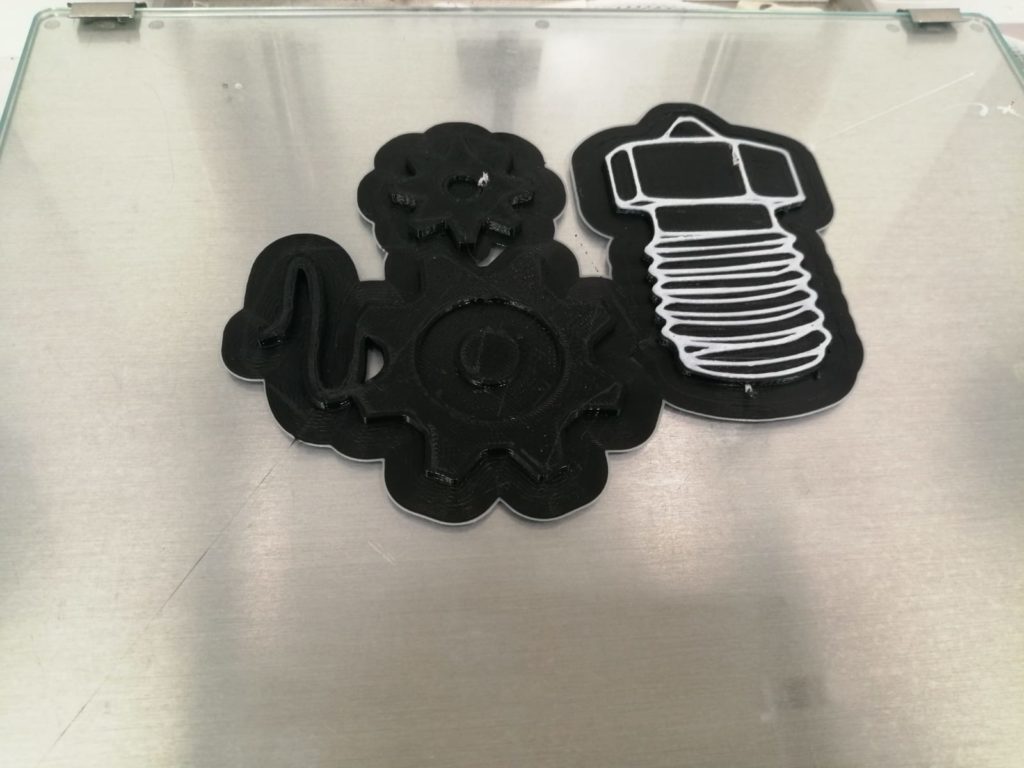
This is when the magic happens! The printer will create the object layer by layer. Depending on the size of your object, your printer, and the materials used, the job can be done in a matter of minutes or over several hours.
Step 5: Remove Your Print And Enjoy
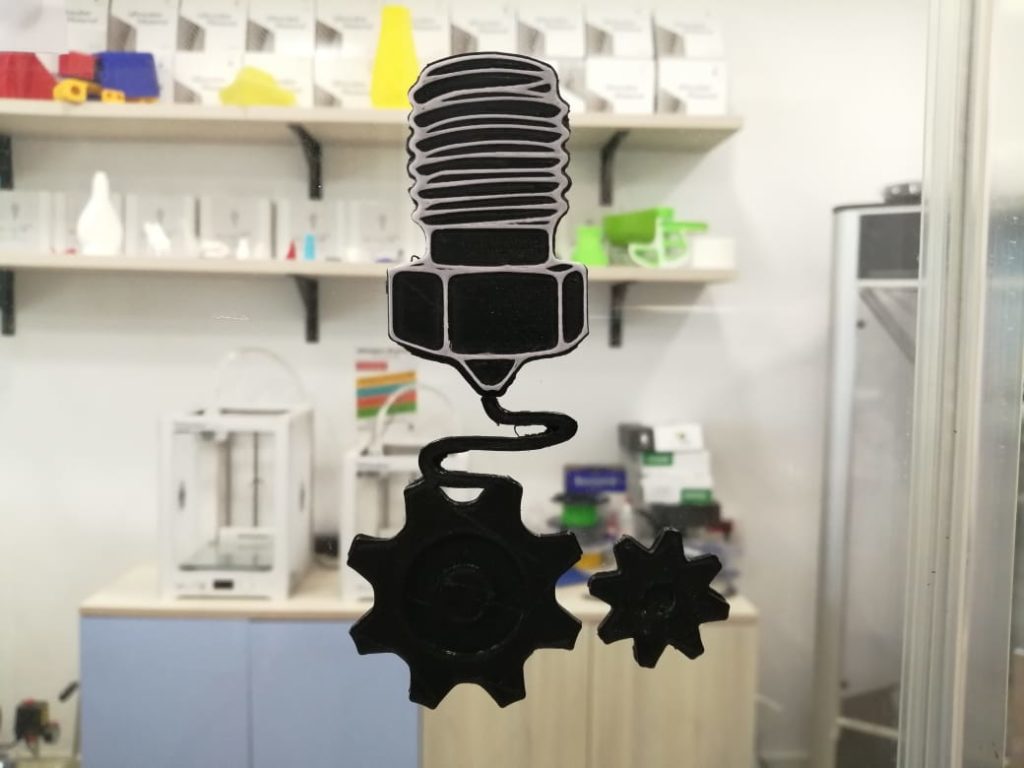
Remove the printed part from the printer’s printing bed after it cools down.
Depending on what you want your final product to be or the material you used, there may be additional post-processing steps after printing, like painting, brushing off powder, etc. In this example nothing was done for the printed part.





